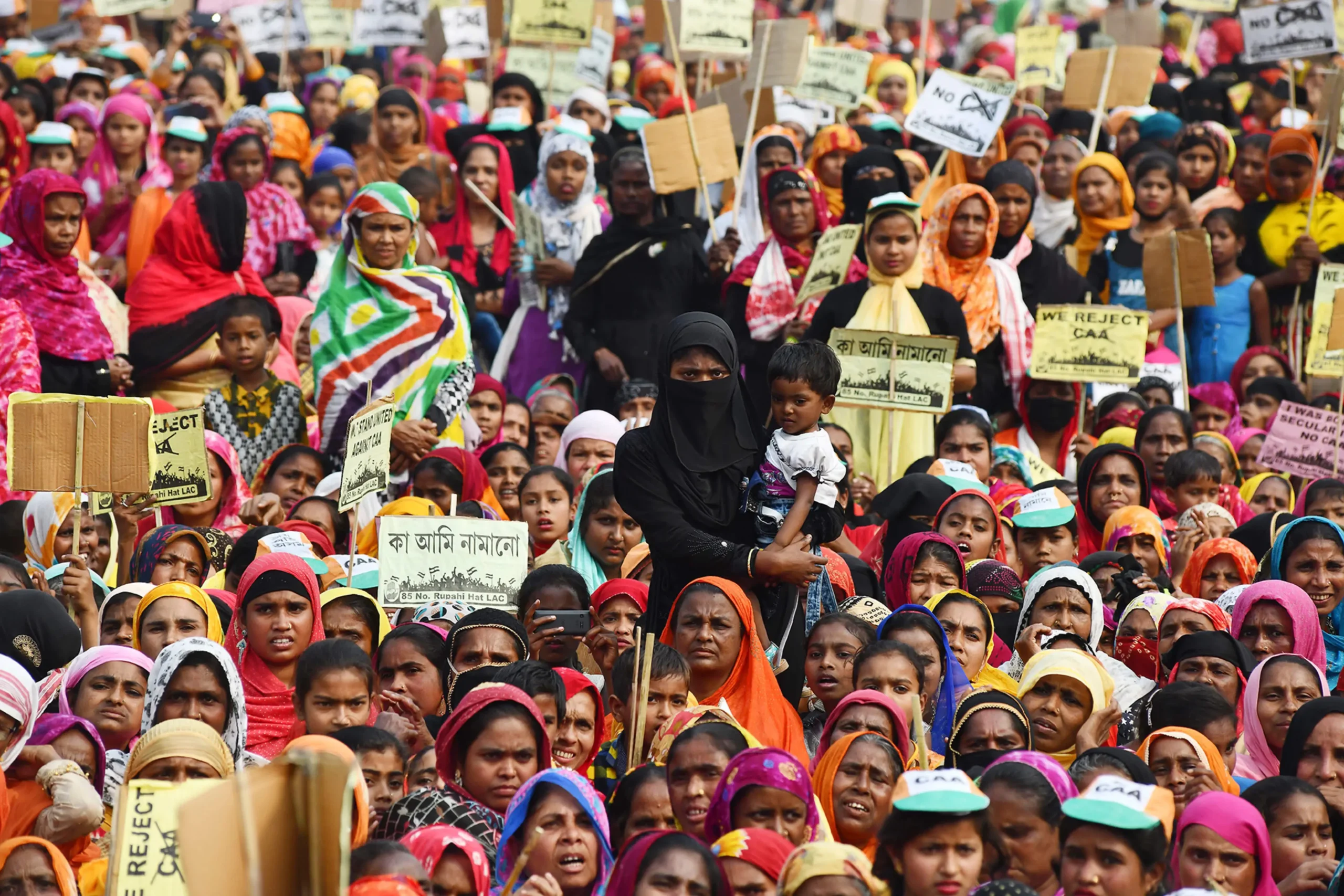Pakistan teeters on the precipice of economic crisis expand more Inflation soars at 23% (March 2024), foreign reserves dwindle to a meager $8 billion, and a crushing debt burden of over $130 billion threatens to suffocate the nation. Desperate for solutions, Pakistan reignites the debate on large-scale privatization of state-owned enterprises (SOEs). The International Monetary Fund (IMF) and the World Bank, major creditors, often advocate for privatization as a condition for further financial assistance.
Also Read: Pakistan IMF Talks: Relief or Recipe for Pain?
However, is privatization a cure-all or a risky gamble that could exacerbate existing inequalities and lock Pakistan deeper into a debt trap?
The global landscape of privatization presents a diverse array of experiences, with Chile standing out as a notable example where privatization was vigorously pursued. Led by a group of economists dubbed the “Chicago Boys,” who advised dictator Augusto Pinochet, Chile embarked on a comprehensive privatization program in the 1970s. The goal was to boost economic productivity by selling off state-owned enterprises. This initiative drastically reduced the number of government-controlled companies, with only 19 out of 500 remaining by the end of the decade. Additionally, significant reversals were made in land reforms, with almost 40% rolled back, further emphasizing the pro-privatization stance.
While privatization undoubtedly empowered conglomerates and concentrated wealth, the complex liberalization measures implemented alongside it make it challenging to attribute the subsequent economic downturn in the early 1980s solely to privatization. Nevertheless, the Chilean experience offers valuable insights for other nations considering similar reforms.
![Chilean Augusto Pinochet delivers a speech in October 1973. [Bettman via Getty Images]](https://southasiatimes.org/wp-content/uploads/2024/03/GettyImages-514907094.webp)
In contrast, India pursued a more gradual and targeted approach to privatization, focusing on specific sectors such as power plants, airports, and telecom companies. The objective was to enhance profitability, efficiency, and revenue generation in public enterprises. Despite initial privatization efforts dating back to 1991, it wasn’t until recently, with the landmark divestment of Air India, that a significant milestone was achieved. The process was facilitated by policy changes, including the sale of the government’s entire stake in the national carrier.
Notably, while the liberalization of the Indian economy began under the P.V. Narasimha Rao government, it was the subsequent administrations, particularly the nationalist party led by Narendra Modi, that accelerated privatization efforts.
The creation of a dedicated Department of Disinvestment in 1999 and its subsequent elevation to a ministry underscored the government’s commitment to privatization.
The Modi government’s approach evolved over time, initially focusing on minority stake sales before embracing strategic disinvestment, as seen in the case of Bharat Petroleum Corporation Ltd. (BPCL), which was listed among the few PSUs in the Fortune 500. Furthermore, a broader policy shift was signaled with plans to privatize several major companies across various sectors, alongside increasing the Foreign Direct Investment (FDI) limit in key industries.
However, privatization initiatives have not been without criticism. Opposition parties and even affiliated organizations like the Swadeshi Jagran Manch have voiced concerns, particularly regarding the privatization of banks and other key sectors. These critics highlight cautionary tales from other countries, such as Russia’s rapid and opaque privatization in the 1990s, which enriched oligarchs at the expense of the broader economy. Similarly, Argentina’s experience with utility privatization underscored the importance of robust regulations to prevent adverse impacts on vulnerable populations.
![Former Indian Prime Minister P. V. Narasimha Rao, Congress leader Sonia Gandhi, and former PM Chandra Shekhar at Parliament House [Photo: Praveen Jain via The Print India]](https://southasiatimes.org/wp-content/uploads/2024/03/Capture2.webp)
Pakistan’s privatization journey, dates back to the 1980s. However, concerns persist. Allegations of corruption and favoritism have marred some privatization efforts, and the social impact, including job losses and reduced access to essential services, remains inadequately addressed.
The allure of privatization for Pakistan stems from its desperate need for immediate resources. However, succumbing to pressure from the IMF and World Bank without a well-defined strategy risks repeating past mistakes.
A crucial question arises: are these institutions, with their own vested interests, pushing Pakistan towards a solution that ultimately benefits creditors more than the nation itself?
Notably, amid the emerging discourse on privatization, there are those who argue that IMF-imposed austerity measures, frequently linked with privatization, have the potential to worsen existing inequalities and impede long-term growth prospects. This sparks concerns about Pakistan’s continued descent into a debt trap, constantly dependent on loans with strict conditions that curtail its capacity to pursue independent development strategies.
Hence, the path forward demands a nuanced approach. Privatization, if undertaken with meticulous planning and transparency, could provide a much-needed cash injection. However, a one-size-fits-all approach won’t suffice. A careful selection process is paramount, prioritizing sectors where private sector involvement can demonstrably improve efficiency and profitability, while safeguarding national security in sensitive areas like telecommunications. Equally important is the creation of robust social safety nets to mitigate the impact on vulnerable populations.
![Thatcher and her colleagues in a hurry to privatize, clearing debts, writing them off, and selling off industries cheaply. [Image credit: Getty Images]](https://southasiatimes.org/wp-content/uploads/2024/03/thatcher-scaled.webp)
While Margaret Thatcher famously championed “free enterprise” as an essential component of “freedom”, it’s imperative to acknowledge that unregulated privatization can also exacerbate issues of oligarchy and entrenched inequality.
Economist Thomas Piketty has underscored the inherent inequality within capitalism, highlighting the need for state intervention to address widening disparities. In his influential work, Capital and Ideology, Piketty reveals that inequality has surged in nearly every region since 1980, with areas previously experiencing relative equality regressing towards greater disparity.
Beyond privatization, Pakistan needs a comprehensive economic reform strategy. Tax reform to broaden the tax base and improve collection efficiency is crucial. Export diversification to reduce dependence on a single sector, like textiles and apparel, is essential for long-term growth. Creating a business-friendly environment to attract foreign investment can foster innovation and technology transfer.
The world is watching Pakistan’s next move. Will it succumb to the allure of a quick fix, potentially exacerbating existing problems and deepening its reliance on international creditors? Or will it chart a course of responsible privatization, coupled with broader economic reforms, to secure a more prosperous and equitable future? The stakes are high, and the path forward demands a commitment to transparency, social responsibility, and long-term development goals, free from the undue influence of external pressures. Only then can Pakistan break free from the shadow of the debt trap and forge a sustainable path toward economic stability.






